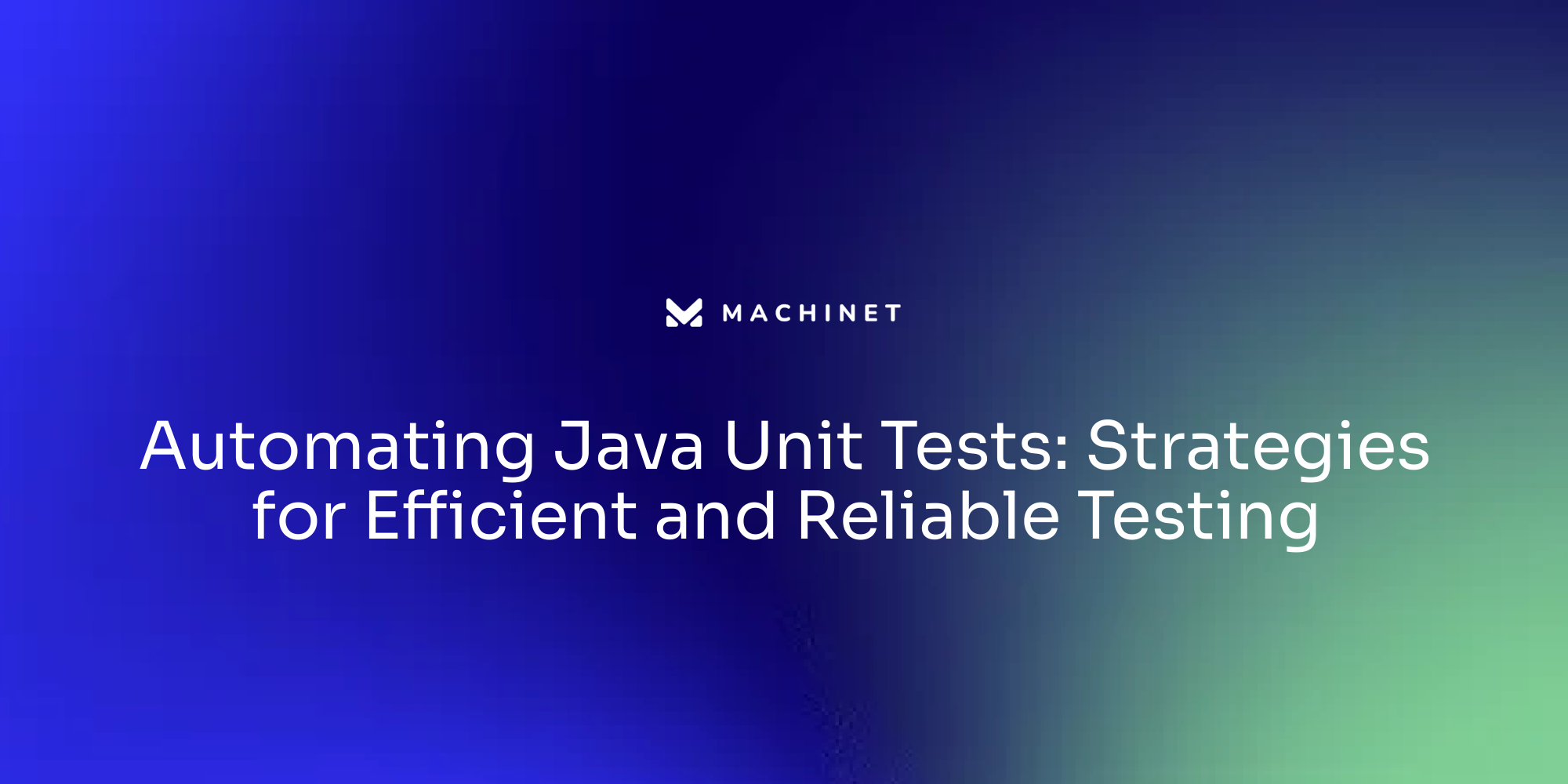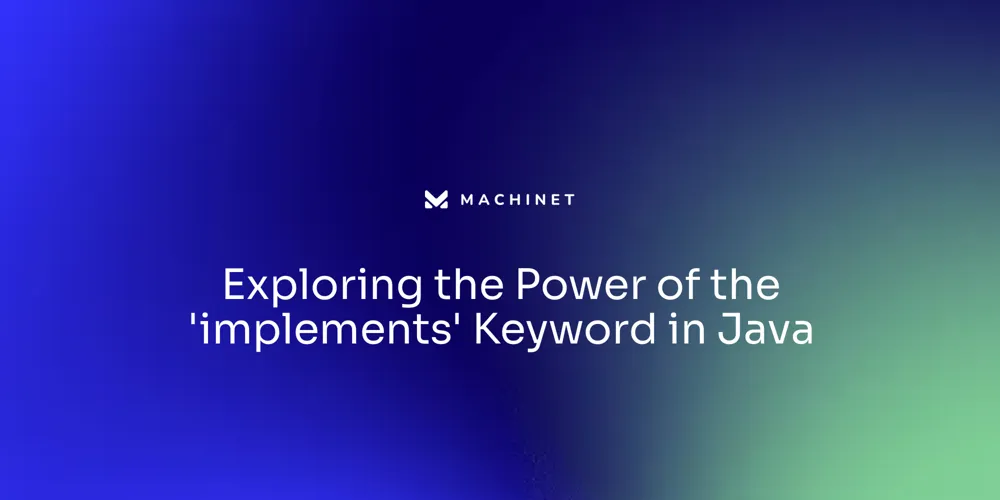
Table of Contents
- Overview of TestOps
- Benefits of Test Environment as a Service
- Best Practices for Test Environment as a Service
Introduction
TestOps, an innovative approach to software testing, seamlessly integrates testing processes with operations to enhance efficiency and ensure the delivery of high-quality software. This article provides an overview of TestOps, highlighting the importance of managing test environments and utilizing Test Environment as a Service (TEaaS) to streamline testing activities.
It also explores the benefits of TEaaS, including scalability, cost efficiency, flexibility, and improved collaboration. Additionally, the article discusses best practices for implementing TEaaS, such as adopting ephemeral environments, standardization, automation, effective test data management, continuous monitoring, version control, integration with CI/CD pipelines, and robust security measures. By following these best practices, organizations can optimize their software testing processes and achieve tangible ROI.
Overview of TestOps
TestOps represents an innovative approach to software testing, seamlessly integrating testing processes with operations to enhance efficiency and ensure the delivery of high-quality software. Central to TestOps is the adept management of test environments, a vital component for executing comprehensive and precise testing.
Utilizing Test Environment as a Service (TEaaS) emerges as a best practice in this domain, offering a streamlined and automated solution for testing activities. Selecting the right tools and frameworks is a critical step in configuring test environments, with the goal of supporting various types of tests.
A tool with the ability to perform diverse tests across different environments is ideal, as it should encompass a variety of frameworks and functionalities. The preparation of test data is also a key consideration, with the aim to replicate production data in the test environment to uncover issues without the need to recreate the production setting.
The management and provisioning of test data are equally important, ensuring the availability of relevant and realistic data for testing various scenarios. A robust test infrastructure not only improves software quality by identifying and resolving bugs before deployment but also accelerates time-to-market through automated testing and continuous integration. Leveraging cloud services and efficient resource management can minimize infrastructure costs, while automated testing and continuous integration can reduce quality assurance expenses. The strategic integration of DevOps practices, including TestOps, can lead to substantial long-term cost savings, which are crucial for reinvestment into business innovation, market expansion, or product improvement. This integration also enhances an organization's agility and responsiveness to market changes, underscoring the transformative impact of TestOps on the software development lifecycle.
Benefits of Test Environment as a Service
Test Environment as a Service (TEaaS) is reshaping the landscape of software testing by offering a suite of benefits that streamline the testing process and enhance the quality of software delivery. The scalability of Texas is evident in its ability to adjust resources swiftly to accommodate the varying demands of different projects.
This dynamic scalability is exemplified by the Meza Developers' use of a Common Meza Test Environment (CMTE) to ensure consistent user experiences and facilitate the acceptance of development procurements. Cost efficiency is another cornerstone of TEaaS, as it curtails the financial burden associated with the upkeep of on-site test environments.
By outsourcing the infrastructure to Texas providers, organizations like Swiggy Tech have overcome the challenges of environment instability and unavailability that previously jeopardized production releases, leading to substantial cost savings. Flexibility in Texas is crucial for replicating diverse scenarios and configurations, which boosts the accuracy and coverage of testing.
This flexibility was a key factor in the development of an Analytics Data Platform for the SOFC product, where the ability to adapt to the evolving market environment was paramount. Furthermore, Texas enhances collaboration by offering a centralized platform for test environments, which improves productivity and efficiency. This collaborative aspect of Texas aligns with insights from Parasoft, emphasizing the importance of a well-designed test infrastructure in elevating the scalability and reliability of testing processes. The Future of Quality Assurance Survey highlights that QA teams spend an average of 10.4% of their time setting up and maintaining test environments, underscoring the significance of Texas in reducing manual efforts and freeing up teams to concentrate on more complex tasks. In the era of rapid innovation, TExaS emerges as a strategic asset, transforming the perception of software testing from a cost center to a valuable investment with tangible ROI.
Best Practices for Test Environment as a Service
Ephemeral environments, dynamic and temporary by nature, are revolutionizing the efficiency of software testing. By adopting these on-demand environments, developers can test in isolation, eliminating conflicts and streamlining the development cycle.
This approach not only accelerates feedback loops, enhancing software quality and security, but also optimizes cost by charging only for active usage, with no overhead for maintenance post-testing. With the integration of ephemeral environments into Texas, standardization becomes crucial.
It ensures consistent configurations across operating systems, software, and networks, thereby reducing errors and improving test accuracy. Automation of environment provisioning is also essential, leveraging tools to eliminate manual setup and expedite testing cycles.
Managing test data effectively, including anonymizing sensitive information and maintaining data subsets, is key to ensuring data integrity and security. Continuous monitoring of resource utilization allows for the identification and optimization of bottlenecks, ensuring efficient performance.
Version control for test environments, akin to code versioning, provides traceability and facilitates collaboration. Furthermore, integrating TExaS with CI/CD pipelines guarantees that test environments are deployed automatically, ensuring availability when needed and reducing delays. Finally, robust security measures, including role-based access controls and regular vulnerability assessments, are imperative to protect both test environments and sensitive data, maintaining compliance with industry standards. Companies like Ekinops have exemplified the benefits of virtualization, with successful carrier-grade software solutions that offer a rapid return on investment and strong market interest. This underscores the transformative impact that virtualized test environments have on operational efficiency and quality in the realm of software development.
Conclusion
In conclusion, TestOps is an innovative approach to software testing that seamlessly integrates testing processes with operations to enhance efficiency and ensure the delivery of high-quality software. The management of test environments plays a crucial role in TestOps, and utilizing Test Environment as a Service (TEaaS) emerges as a best practice to streamline testing activities.
TEaaS offers numerous benefits, including scalability, cost efficiency, flexibility, and improved collaboration. It allows organizations to adjust resources swiftly to accommodate different project demands and reduces the financial burden associated with maintaining on-site test environments.
The flexibility of TEaaS enables the replication of diverse scenarios and configurations, enhancing the accuracy and coverage of testing. Additionally, TEaaS provides a centralized platform for test environments, improving productivity and efficiency through enhanced collaboration.
To implement TEaaS effectively, organizations should adopt best practices such as ephemeral environments for efficient testing in isolation, standardization for consistent configurations, automation for expedited testing cycles, effective test data management for data integrity and security, continuous monitoring for optimized resource utilization, version control for traceability and collaboration, integration with CI/CD pipelines for automatic deployment of test environments, and robust security measures to protect sensitive data. By following these best practices, organizations can optimize their software testing processes and achieve tangible ROI. TEaaS transforms the perception of software testing from a cost center to a valuable investment that enhances operational efficiency and quality. With TestOps and TEaaS at their disposal, organizations can accelerate time-to-market, reduce costs, improve software quality, enhance collaboration among teams, and ultimately achieve business success in the rapidly evolving landscape of software development.
Experience the power of TEaaS and revolutionize your software testing process today!
AI agent for developers
Boost your productivity with Mate. Easily connect your project, generate code, and debug smarter - all powered by AI.
Do you want to solve problems like this faster? Download Mate for free now.




